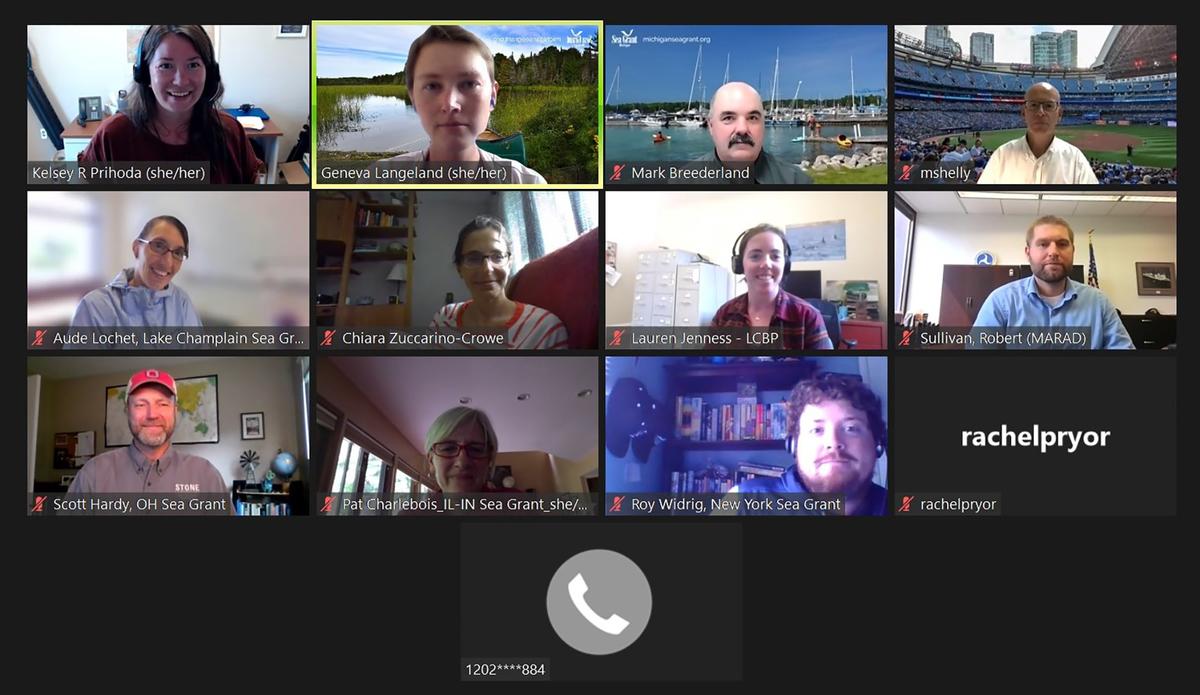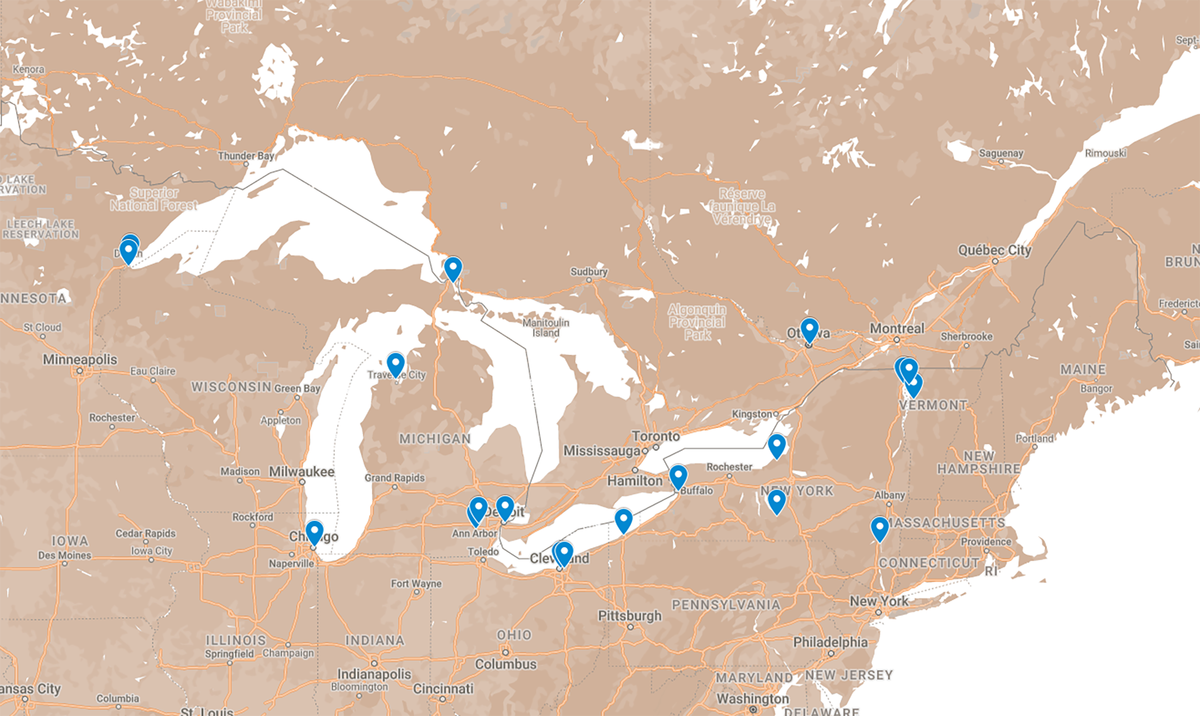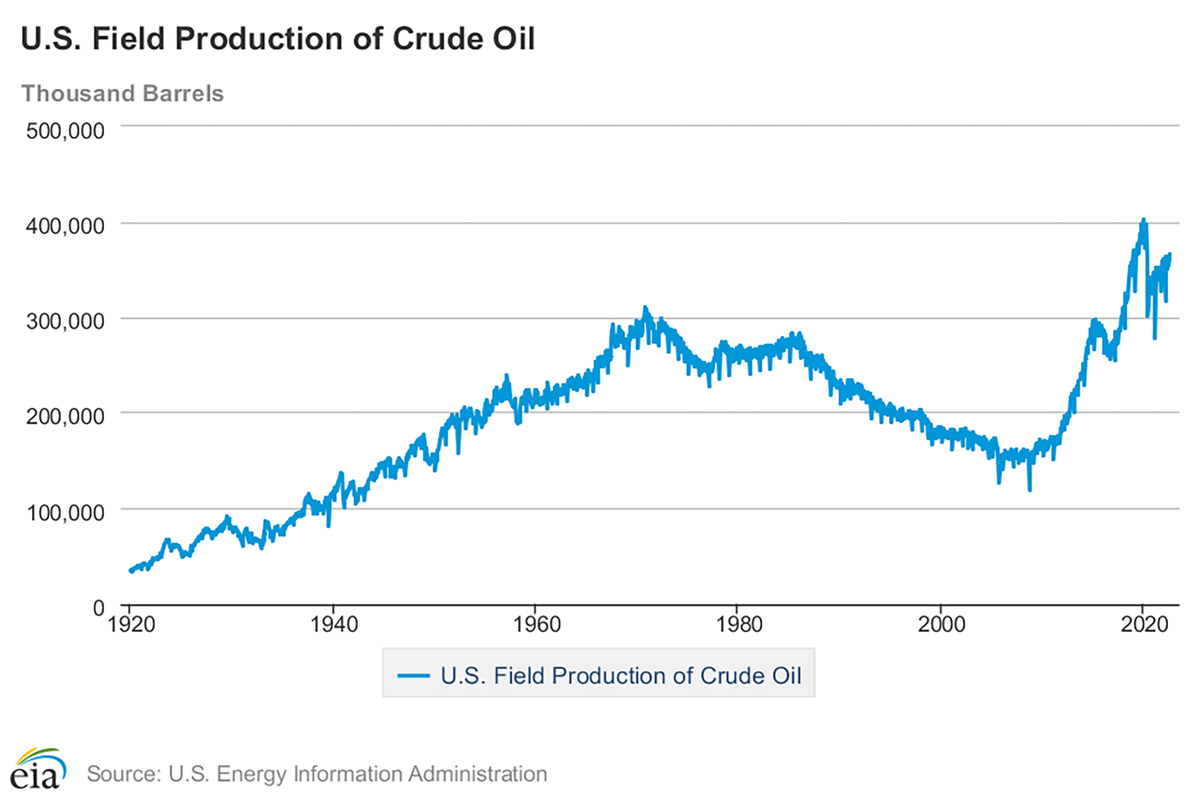
The November extension column is by Great Lakes Sea Grant Transportation Extension Educator Kelsey Prihoda. Embodying Sea Grant’s long-standing nationwide role to bring science together with communities for solutions that work, Minnesota Sea Grant is working to provide outreach, community engagement, and research on hazardous material transport in the Great Lakes.
The Hazards Are Real
- In April 2018, the Husky Energy Refinery in Superior, Wisconsin, was shutting down in preparation for a five-week turnaround when an explosion occurred, sending several people to area hospitals with injuries.
- In July 2010, the Enbridge Line 6B Pipeline ruptured contaminating the Kalamazoo River in Michigan and resulting in one of the largest inland oil spills in U.S. history.
- In June 1992 a train derailment in Superior, Wisconsin, caused tank cars carrying benzene (among the most widely used chemicals in the U.S.) and dicyclopentadiene (a chemical produced by heating crude oil) to leak and resulted in the evacuation of at least 50,000 people.
Embodying Sea Grant’s long-standing nationwide role to bring science together with communities for solutions that work, Minnesota Sea Grant is working to provide outreach, community engagement, and research on hazardous material transport in the Great Lakes. Our November Extension Column, by Minnesota Sea Grant (MNSG) Great Lakes Transportation Extension Educator Kelsey Prihoda, is about our work in this area.
What is HazMaTON?
The name “HazMaTON” may conjure visions from science fiction movies, but it’s actually an acronym that stands for Hazardous Material Transport Outreach Network. HazMaTON is a binational network of specialists from the Great Lakes, Lake Champlain, Hudson River, and St. Lawrence River regions (Figures 1 and 2) who collaborate to reduce risks associated with multiple modes of oil and other hazardous material transportation. HazMaTON members work together to provide resources in the form of newsletters, website content, and webinars to increase public knowledge and awareness of the economic, environmental, and social impacts of hazardous material transport. The network is a mechanism for connection and information sharing among many organizations, ensuring that HazMaTON members, their home organizations, and their target audience are aware of emergency response planning efforts, economic and scientific experts, and transportation safety rules and regulations.
HazMaTONers
My fellow “HazMaTONers,” as we like to call ourselves, hail from many organizations:
- Great Lakes Sea Grant Network
- U.S. Department of Transportation's Maritime Administration
- International Joint Commission
- U.S. Coast Guard Great Lakes Center of Expertise
- Lake Champlain Basin Program
- National Oceanic and Atmospheric Administration
- Council of Canadian Academies
- University at Buffalo
Background
HazMaTON was formed in 2014, when domestic production of crude oil was rapidly increasing (Figure 3). There have been short-term declines in domestic crude oil production since 2010, most recently due to the COVID-19 pandemic, but this increasing trend in oil production continues today in part due to the extraction of crude oil from oil and shale sands (Bakken Oil Fields in North Dakota). According to a September 2022 report by the U.S. Energy Information Administration, the short-term energy outlook predicts record domestic production of crude oil in 2023 (12.4 million barrels per day per the latest estimate), including the production and export of refined products.
This crude oil needs to be moved to refineries throughout the U.S. and its refined products are likewise transported and distributed throughout the country and the world. Within the Great Lakes, Lake Champlain, Hudson River, and St. Lawrence River regions, hazardous substances are transported in several ways including by pipeline, rail, truck, and vessel. Pipelines are the dominant mode of transportation for crude oil and its refined products, but increasing domestic production puts pressure on other forms of transportation, such as rail and truck.
The Great Lakes - St. Lawrence River region is particularly dependent on petroleum products because of their use in power generation, manufacturing, and chemical industries. There are societal and environmental hazards associated with the transportation of hazardous materials, as evidenced by the 2018 Husky explosion, 1992 train derailment in Wisconsin, and the 2010 Enbridge Line 6B Pipeline rupture in Michigan.
Workshops
In 2015, members of HazMaTON (then known as Crude Move) hosted two workshops. The purpose of the first workshop was to determine key issues in the transportation of crude oil from a diversity of perspectives. During the second 2015 workshop, attendees discussed and identified research needs with respect to crude oil transportation in the Great Lakes Basin. In June 2017, the program hosted the Crude Move Symposium, which featured presentations on Great Lakes-focused research topics related to crude oil transportation, infrastructure, economics, hazards, and risks. In conjunction with the symposium, a series of four webinars were hosted and the recently (2022) renamed HazMaTON website was created as a repository for information and resources on Great Lakes crude oil transport. Resources produced to date include a summary of the federal (U.S. and Canada) emergency planning structure and a document on inspection and maintenance of pipelines.
Mission and Target Audiences
HazMaTON is committed to the dissemination of accurate and data-driven information on the logistical, economic, societal, and environmental impacts of hazardous materials transportation. We provide education, outreach, and relationship building on this complex issue in an effort to improve public safety, the region’s economy, and environmental stewardship of our water resources. Hazardous material transportation is a complex issue with many varied perspectives. Our target audience reflects the various components of the regional energy economy and includes: binational organizations, economic development organizations, emergency managers and spill responders, the energy industry, federal government, HazMaTON’s member organizations, public and community groups, researchers and academia, state and provincial government, supply chain and logistics managers, the transportation industry, and tribal government.
Summer Webinar Series
HazMaTON recently wrapped up its 2022 Summer Webinar Series, an annual staple of our outreach efforts since 2016. This year’s series included a panel presentation that examined the movement of hazardous materials from multiple perspectives, a presentation on tribal treaty rights and how they apply to energy infrastructure projects, and an explanation of hazardous material spill preparedness and response exercises in the upper Great Lakes. These webinars and associated resources are archived on Minnesota Sea Grant’s YouTube channel and HazMaTON’s webinar webpage, respectively.
- Fueling the Laurentian Great Lakes Region: Multiple Modes, Multiple Perspectives
- Tribal Treaty Rights and Energy Infrastructure
- Why We Exercise, and What Happens After?
Strategic Planning Process
HazMaTON is in the final stages of a year-long strategic planning process where we have defined our goals, objectives, and activities for the next two years. Future work will focus on:
- Expanding awareness of emergency preparedness, response plans, and coordinated networks;
- Translating what is known about the impacts of hazardous materials on freshwater ecosystems for non-technical audiences;
- Identifying gaps in scientific knowledge of the effects of spills on freshwater ecosystems;
- Enhancing public knowledge of the transportation modes and routes of hazardous materials throughout HazMaTON’s geographical area of concern;
- Improving our target audience’s understanding of the economic and social impacts of hazardous materials transportation.
The Great Lakes HazMaTON network is coordinated by Kelsey Prihoda, MNSG Great Lakes Transportation Extension Educator and is funded by MNSG and the other Great Lakes Sea Grant programs of Illinois-Indiana, Lake Champlain, Michigan, New York, Ohio, Pennsylvania, and Wisconsin.
Details about MNSG's Maritime and Hazmat Transport Program.
Top image credit: University of Minnesota Duluth.


